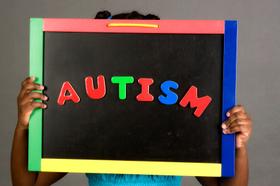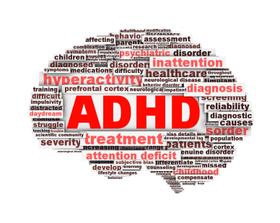While many parents may believe that Dyslexia relates to an individual’s struggle with reading, the issue of Dyslexia can impact a child’s full development. Dyslexia symptoms include confusion with letters, numbers, reading, math, writing, and other difficulties – all of which can hinder a child’s academic progress.
Children coping with Dyslexia can face an array of adversities if their struggles are ignored. As studies demonstrate, students with Dyslexia who do not receive proper support may experience a decrease in self-esteem and a decline in positive behavior.
Thankfully, educators are finding new and innovative ways to help Dyslexic students learn at an optimal pace and level, and a rising number of schools are implementing targeted programs for support.
Dyslexia: The Signs and Struggles
Children coping with Dyslexia may reveal a wide variety of symptoms. For example, as Northeast Mississippi Daily Journal explains, children who struggle with Dyslexia often fail to fully comprehend both written material and numbers – leading to difficulties with other assignments. When these children struggle with academic tasks, they may begin to demonstrate signs of frustration, anger, or even depression.
According to the Mayo Clinic, other symptoms of Dyslexia may include the following:
- Your child may start speaking later than other kids his age.
- Your child adds new words very slowly to her vocabulary.
- Rhyming may be difficult for your child.
- Your child may have an inability to identify and recognize printed letters and words.
- Your child’s reading ability is below the standard level expected for the age group.
- He or she may have issues understanding instructions that are given quickly.
- Your child may have difficulty processing and understanding auditory remarks and may find it hard to follow more than one set of commands at a time.
- He or she may not recognize differences and similarities between letters, words, and numbers.
In order to successfully overcome the struggles of Dyslexia, while working to furthermore prevent behavioral and developmental side effects of undiagnosed Dyslexia, many schools are providing targeted assessment and treatment programs for students learning with this disorder.
As schools develop Dyslexia-specific programs, experts assert that careful observations, testing, and interviews must be conducted to determine if a child is truly Dyslexic. Since Dyslexia ranges in its symptoms and conditions, a child’s Dyslexia cannot be simply determined by one test. As the International Dyslexia Association asserts, expert educators must interview the child and parents, must observe the child in his or her academic setting, and must engage with the child in testing activities.
Public School Initiatives
While all public schools provide services and instructional support for students with special needs, leaders argue that Dyslexia experts are specifically needed for their unique skills and niche experience. While some schools cannot afford to hire teachers to specifically help aid students with Dyslexia, private programs are now taking the initiative to train public educators to boost teachers’ understanding and support abilities. For example, the Michigan Dyslexia Institute (MDI) is one of the many highly successful Dyslexia programs designed to provide public school service and instruction. Established in 1982, MDI serves over half of a million children and adults learning with Dyslexia, while this organization also the only one “Providing direct remedial reading instruction, teacher training, and public information in both the Lower and Upper Peninsulas.”
MDI serves the entire community of Michigan, striving to inform teachers of breakthrough studies, lessons, and activities to boost student learning. As MDI receives part of its funding from state grants, the organization specifically trains public school teachers to recognize the signs of Dyslexia, the dangers of undiagnosed Dyslexia, while providing additional information for one-on-one student and teacher support. Furthermore, MDI provides Michigan residents with eight centers for even greater individualized assistance, offering one-on-one tutoring and remediation, while also providing financial assistance for students who cannot afford the costs of the assistance.
This video offers another take on the signs of dyslexia.
In addition to the successful Dyslexia programs in Michigan Public Schools, the Northeast Mississippi Daily Journal also reveals the highlights of various Dyslexia programs in Mississippi local schools. Specifically, Tupelo Public Schools have made immense strides in offering Dyslexia-specific support by hiring an expert in the field of Dyslexia diagnostics and academic therapy. As there are only five individuals in the country to have earned such highly skilled credentials, Tupelo Public Schools will be using this expert’s guidance to create a curriculum of instruction that emphasizes the importance of reading and phonics. To stimulate this improvement, all Kindergarten through 6th-grade teachers are now trained in various Dyslexia methodologies. Similarly, teachers ranging from grades 7 through 12 are also now trained to utilize multi-sensory techniques for students with Dyslexia. By leveraging the most up-to-date information alongside expert support, public schools can take action to boost all student learning and success.
Questions? Contact us on Facebook. @publicschoolreview














